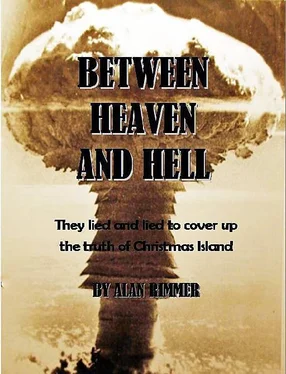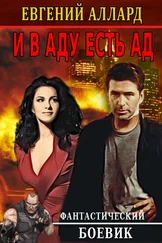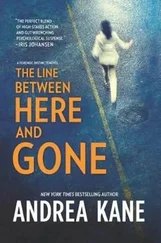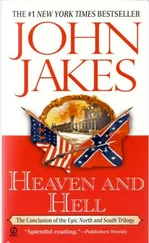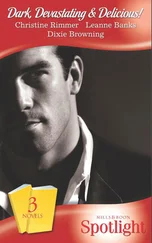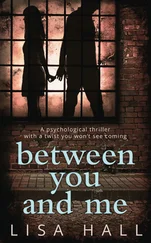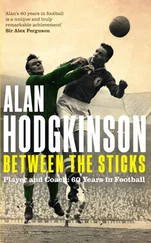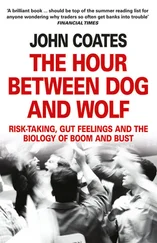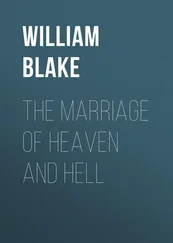Raymond Drake was an RAF fire officer on Christmas Island when Grapple Y was exploded. Mr Drake was in one of the forward viewing positions when he and the rest of his small detachment were blown clean off their feet. “The bomb was massive,” he said in a statement. “The whole island seemed to shake. I thought the scientists had made a mistake and that the place was just going to blow up. We thought we were all going to die…”
Mr Drake survived the blast, but a few days later he began to experience intense chest pains. He also coughed up blood and felt so weak he could hardly stand. It was decided to send him home for treatment.
It was soon obvious to Mr Drake that he was getting special treatment. On his arrival at Gatwick airport he was surprised to see a small convoy of military vehicles and what looked like a specially modified police ambulance. He was even more surprised when he realised the little convoy was waiting for him.
As soon as the doors opened on his aircraft several medics came aboard and strapped Mr Drake to a stretcher. Without a word being said, he was stretchered into the ambulance which took off at high speed, all sirens blaring. “It terrified the life out of me,” he said. “I thought I must be dying and that they had not told me.”
The convoy took him to the RAF Teaching Hospital in Middlesex where he was ushered into a side ward. “I was surrounded by doctors who examined me as though I was some sort of laboratory animal. The examination was rather cursory, as I recall. I had no idea what they were looking for. After only a short time, I was again loaded on to a stretcher and shoved back into the ambulance. We then sped off again, with all the lights flashing. This time the destination was a special isolation hospital at RAF Wroughton in Wiltshire. No-one told me a thing about what was going on. I was ordered not to ask any questions. I couldn’t even contact my family. It was all very bewildering.”
During the next three weeks Mr Drake was put through a series of rigorous medical tests. Samples of blood and skin tissue were taken daily. Mr Drake said: “They were obviously looking for something, but would never tell me what that was. After five weeks in hospital I was discharged.” The doctors put his condition down to emotional stress and nervous tension caused by the size and huge force of the blast. Mr Drake’s chest pains never went away and he soon developed cancer.
Mr Drake’s experience indicates there was in force at the time of the bomb tests a well prepared contingency plan for dealing with men who might be affected. It was a meticulous plan, carried out in secrecy. It was obviously in the best interests of politicians and military planners that the public were not made aware of strange illnesses and deaths among atomic personnel. The Government needed public opinion on its side if it wanted to continue its testing program. It also suggests the military were fully expecting casualties from the atomic bomb tests. The smooth and efficient way Mr Drake was ‘processed’ suggests it had been used on more than one occasion.
One man in a unique position to verify the official cover-up in action was squadron leader Ken Charney, one of the most senior officers at Grapple Y, who, in July 1958, was ordered from Christmas Island to a high-powered meeting at Aldermaston.
The Meeting was attended by Air Vice Marshal Grandy, Roy Pilgrim, scientific director for Grapple, Air Commodore W.R. Stamm, in charge of the famous Princess Mary RAF hospital at Halton, Aylesbury, and a galaxy of other Top Brass. According to a document marked “Secret” dated July 15, 1958, this was to discuss, “Radiological safety precautions at Christmas Island” and was called to thrash out worries about the health of servicemen in the aftermath of Grapple Y. Doctors had recommended that all the men should be given blood tests before the next series of tests, codenamed Grapple Z, scheduled for later in the year. It was an idea that didn’t go down well with the assembled company.
Charney, assigned to take the minutes of the meeting noted the objections by Group Captain Muir of the Air Ministry who thought the idea of blood examinations for servicemen was “unsound.” He was supported by another RAF bigwig, Air Commodore Stamm, who wanted “reasons” for the blood counts.
A Dr J. Lynch from the Atomic Weapons Research Establishment insisted that people with counts above or below normal or those with any blood abnormality must be barred from taking part in any future tests. Air Commodore Stamm objected that if a man developed leukaemia, “it might be difficult to refute the allegation that this was due to radiation received at Christmas Island.”
The standoff was resolved by both parties agreeing that only men in the forward areas would be given blood counts. A decision on the rest of the servicemen would be taken at a later date. This bad-tempered exchange is clear evidence of growing concerns, among the medical fraternity at least, about the after effects of Grapple Y.
At the same time MPs had got wind of things going wrong at Christmas Island and were asking questions in parliament about servicemen contracting leukaemia. The Rev Li Williams MP, who represented a large Welsh constituency, pointedly asked Defence Minister Duncan Sandys in a parliamentary question in the summer of 1958: “What is the number of serving personnel who have been involved in the Christmas Island nuclear explosions and who have since died of leukaemia?”
Sandys replied that two had died, but he was quick to add: “There is no evidence of a medical connection between the circumstances.”
But the fact that servicemen were dying from leukaemia so soon after the Grapple Y explosion was enough to raise eyebrows. And there was of course no telling how many men had contracted blood cancers and had yet to exhibit signs. MPs and others were unconvinced at the insistence by the Ministry of Defence that there was no connection between these extremely rare diseases and the Christmas Island tests. But with no hard evidence to back up their suspicions, the issue faded away.
Charney of course knew there was a connection. In later life he often said the island was “alive with fallout” after the Grapple Y shot. And he knew he had been contaminated. He also knew an uncertain fate awaited him even as he sat taking the minutes at Aldermaston three months after the blast.
Kenneth Langley Charney, born in 1920, was raised in Argentina, the son of Harry Charney, a manager with the Anglo-Mexican Petroleum Co. They were a well-to-do family and young Charney led a racy lifestyle in Beunos Aires. A love of fast cars and his good looks ensured he was never without female company. As luck would have it Charney’s father had close associations with one of the first commercial airlines in the area. The precocious youngster replaced his beloved cars for something far more exciting: aircraft. Aged just 16, and with tutors including French pilots Jean Mermoz and Paul Vachet, Charney was soon flying planes on the mail run down to Patagonia.
The Charney family were living in the same hotel as Antoine de Saint Exupery, another pilot who would later become famous as fighter ace and author. At the outbreak of World War 2, Charney, Exupery and many other Argentine volunteers went to England to join the RAF.
Charney’s flying skills were soon appreciated by the instructors at Cranwell. He was fast-tracked and he earned his wings in April 1941. One of his contemporaries was the famous French flyer Pierre Closterman and the pair wreaked havoc with the Luftwaffe over France. Both received the DFC and Bar, Charney earning his citation for his courage and skill in the Battle of Malta. He was given the soubriquet the ‘Black Knight of Malta’ when he shot down seven enemy fighters.
Читать дальше
